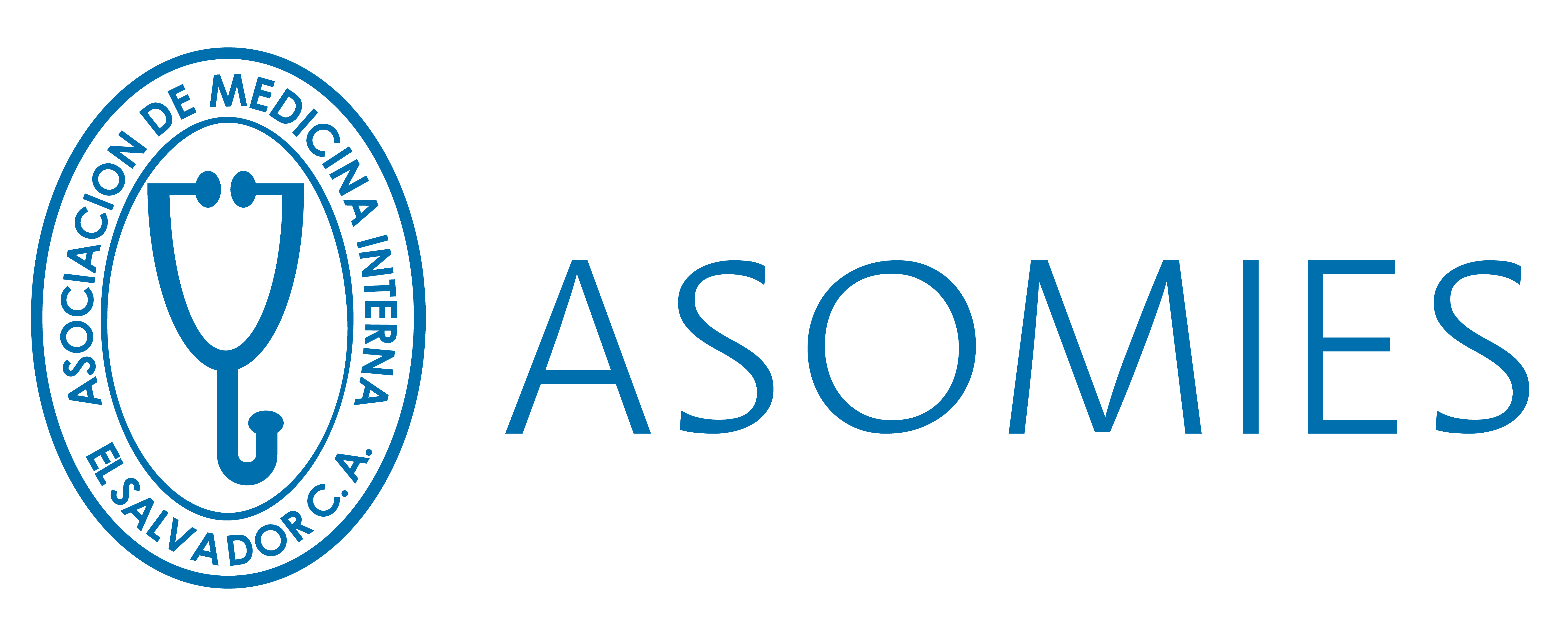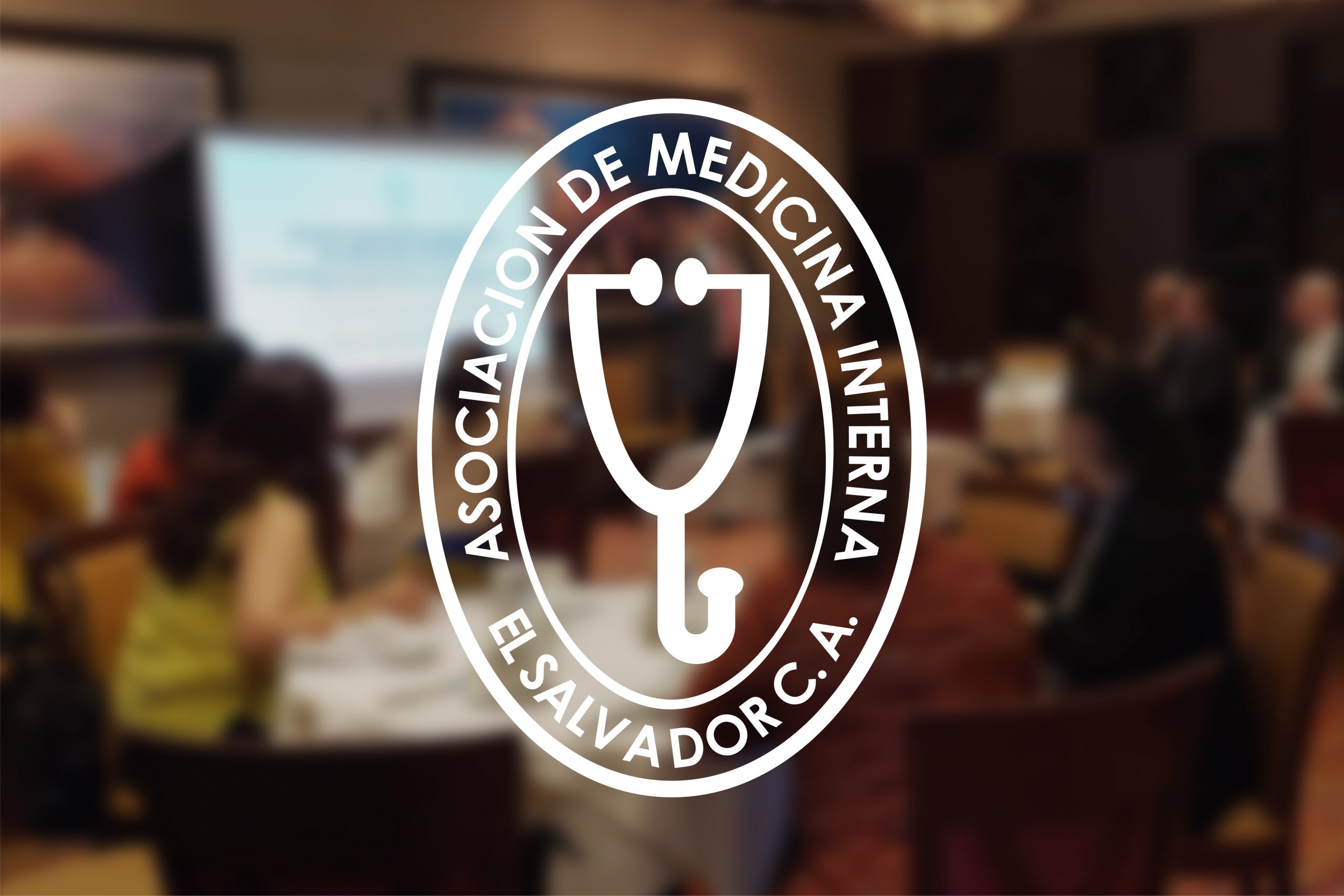formation sourced from CDC:
Morbidity and Mortality Weekly Report (MMWR)
Weekly
May 6, 2016 / 65(17);458
[Full-text CDC Guideline PDF | MMWR article]
Announcement: Updated Guidelines for Antiretroviral Postexposure Prophylaxis after Sexual, Injection-Drug Use, or Other Nonoccupational Exposure to HIV — United States, 2016
[EXCERPTS]
New evidence-based guidelines, Updated Guidelines for Antiretroviral Postexposure Prophylaxis after Sexual, Injection-Drug Use, or Other Nonoccupational Exposure to HIV — United States, 2016, are now available online (https://www.cdc.gov/hiv/
The updated guidelines are intended to assist U.S. clinicians in reducing the occurrence of new HIV infections through effective delivery of nPEP to patients shortly after they have a single exposure outside of health care settings to blood, genital secretions, or other potentially infectious body fluids that might contain HIV. This update incorporates new scientific evidence from human and animal studies and includes pediatric dosing information. The update was prompted by new information regarding the clinical delivery of nPEP, the development of newer, better-tolerated antiretroviral drug regimens with reduced side effects, and new estimates of cost-effectiveness of nPEP as an HIV prevention method. Updated occupational PEP guidelines for use following possible HIV exposures in health care settings were published separately in 2013 (2).
In addition to clinicians who provide medical care to patients, the nPEP guidelines might also be of interest to the following: emergency medicine technicians, social workers, administrators of Crime Victim’s Compensation programs, and others caring for sexual assault survivors; specialists in HIV prevention planning, service delivery, policy and legislation; persons with HIV and their partners; administrators of pharmacy assistance programs; and managers of medical assistance programs, health insurance plans, and health systems.
SUMMARY
The purpose of these guidelines is to provide health care providers in the United States with updated guidelines to the 2005 U.S. Department of Health and Human Services nonoccupational postexposure prophylaxis (nPEP) recommendations on the use of antiretroviral nPEP and other aspects of case management for persons with isolated exposure outside health care settings to blood, genital secretions, or other potentially infectious body fluids that might contain human immunodeficiency virus (HIV). The use of occupational PEP (oPEP) for case management for persons with possible HIV exposures occurring in health care settings are not addressed in this guideline; updated oPEP guidelines have been published separately.
What Is New in This Update
This update incorporates additional evidence regarding use of nonoccupational postexposure prophylaxis (nPEP) from animal studies, human observational studies, and consideration of new antiretroviral medications that were approved since the 2005 guidelines, some of which have improved tolerability. New features are inclusion of guidelines for the use of rapid antigen/antibody (Ag/Ab) combination HIV tests, for revised preferred and alternative 3-drug antiretroviral nPEP regimens, an updated schedule of laboratory evaluations of source and exposed persons, updated antimicrobial regimens for prophylaxis of sexually transmitted infections and hepatitis, and a suggested procedure for transitioning patients between nPEP and HIV preexposure prophylaxis (PrEP), as appropriate.
Summary of Guidelines
- Health care providers should evaluate persons rapidly for nPEP when care is sought ≤ 72 hours after a potential nonoccupational exposure that presents a substantial risk for HIV acquisition.
- All persons considered for nPEP should have determination of their HIV infection status by HIV testing, preferably by using rapid combined Ag/Ab, or antibody blood tests.
- If rapid HIV blood test results are unavailable, and nPEP is otherwise indicated, it should be initiated without delay and can be discontinued if the patient is later determined to have HIV infection already or the source is determined not to have HIV infection.
- nPEP is recommended when the source of the body fluids is known to be HIV-positive and the reported exposure presents a substantial risk for transmission.
- nPEP is not recommended when the reported exposure presents no substantial risk of HIV transmission.
- nPEP is not recommended when care is sought > 72 hours after potential exposure.
- A case-by-case determination about the nPEP is recommended when the HIV infection status of the source of the body fluids is unknown and the reported exposure presents a substantial risk for transmission if the source did have HIV infection.
- All persons offered nPEP should be prescribed a 28-day course of a 3-drug antiretroviral regimen.
- The preferred regimen for otherwise healthy adults and adolescents: tenofovir disoproxil fumarate (tenofovir DF or TDF) (300 mg) with emtricitabine (200 mg) once daily plus raltegravir (RAL) 400 mg twice daily or dolutegravir (DTG) 50 mg daily.
- Alternative regimen for otherwise healthy adults and adolescents is: tenofovir DF (300 mg) with emtricitabine (FTC) (200 mg) once daily plus darunavir (DRV) (800 mg) and ritonavir (RTV) (100 mg) once daily.
- Regimens are also provided for children, persons with decreased renal function, and pregnant women (see Table 6).
- Health care providers considering using antiretroviral regimens for nPEP other than those listed in these guidelines as preferred or alternative are encouraged to consult with other health care providers who have expertise in antiretroviral medication use for similar patients (e.g., children, pregnant women, or those with such comorbid conditions as impaired renal function).
- All persons evaluated for possible nPEP should be provided any indicated prevention, treatment, or supportive care for other exposure-associated health risks and conditions (e.g., bacterial sexually transmitted infections, traumatic injuries, hepatitis B virus and hepatitis C virus infection, or pregnancy).
All persons who report behaviors or situations that place them at risk for frequently recurring HIV exposures (e.g., injection drug use, or sex without condoms) or who report receipt of ≥1 course of nPEP in the past year should be provided risk-reduction counseling and intervention services, including consideration of preexposure prophylaxis.
[Full-text CDC Guideline PDF | MMWR article]
Centers for Disease Control and Prevention
www.cdc.gov
The above message comes from CDC, who is solely responsible for its content.
You have received this email because you requested follow-up information to an Epocrates DocAlert® message. For more information about Epocrates, please click here.
For questions, feedback, or suggestions regarding Epocrates DocAlert® messages, please contact the Medical Information Team atdocalert@epocrates.com.



